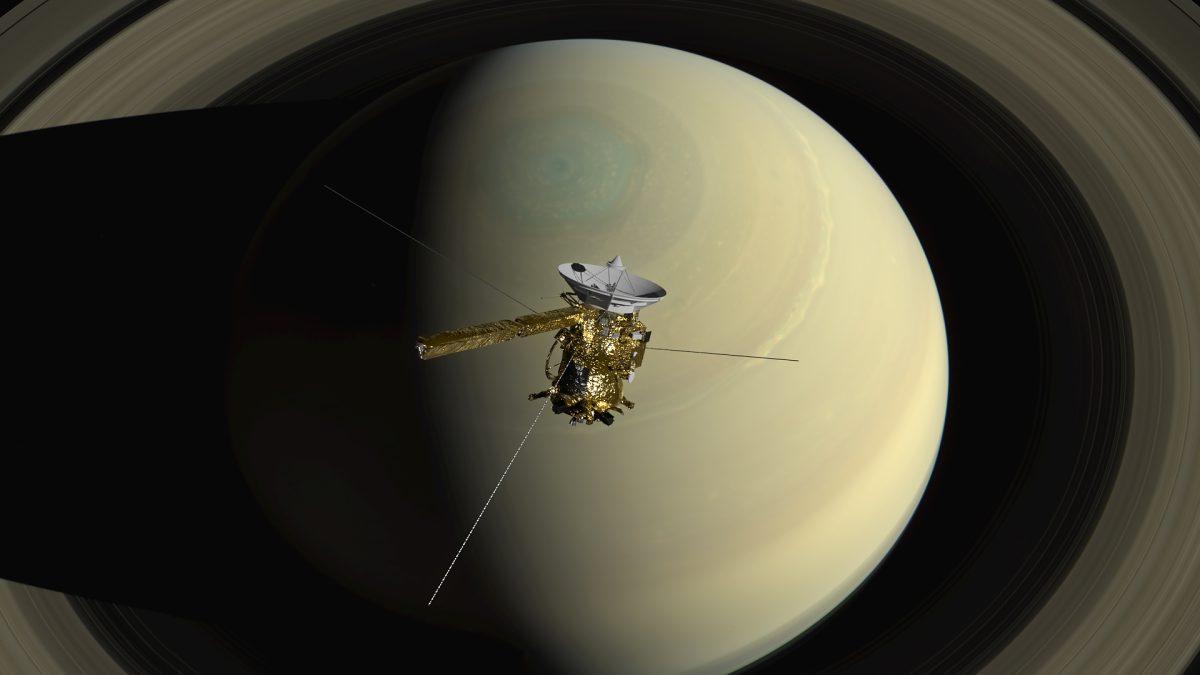The year of 2017 brought several new discoveries in the world of science, ranging from astronomers finding out seven new planets to geologists finding evidence of a lost continent. As 2018 marches on, let’s revisit five of the most exciting discoveries and breakthroughs made last year.
1. Astronomers find at least $100 octillion worth of gold, platinum and silver in space
Last October, over 4,000 astronomers, including Texas A&M’s own Jennifer Marshall, witnessed two neutron stars colliding. In the wake of the collision, data revealed the origin of gold, platinum, silver and other heavy elements.
“You smash these two things together at one-third the speed of light, and that’s how you make gold,” Duncan Brown, physics professor and astronomer at Syracuse University said in an interview with Business Insider. “Turns out it’s not the Philosopher’s Stone, it’s not the things alchemists were looking at thousands of years ago.”
The data revealed the collision forged the equivalent of roughly 500 Earth masses’ worth of platinum, 100 Earth masses’ worth of gold and 50 Earth masses’ worth of silver. The gold alone is estimated to be woth $100 octillion, or $100,000,000,000,000,000,000,000,000,000.
2. NASA announces discovery of seven new planets
Back in February, NASA announced that it’s Spitzer Space Telescope had discovered a system of seven Earth sized planets that revolve around a single star, the first known system of its kind. In their official report, NASA said all seven planets have the potential for water on their surface, and future studies could reveal conditions suitable for life.
“This discovery could be a significant piece in the puzzle of finding habitable environments, places that are conducive to life,” Thomas Zurbuchen, associate administrator for the Science Mission Directorate at NASA said in the press release. “Answering the question ‘are we alone’ is a top science priority and finding so many planets like these for the first time in the habitable zone is a remarkable step forward toward that goal.”
The system, named TRAPPIST-1 after The Transiting Planets and Planetesimals Small Telescope (TRAPPIST) in Chile is located roughly 40 light-years, or 235 trillion miles, away from Earth, which is a distance close enough for NASA to study. Due to the planets existing outside of Earth’s solar system, the planets are classified as exoplanets.
3. Lost eighth continent discovered
An international team of 32 geologists have determined that New Zealand and New Caledonia are not separate island chains, but rather a part of a the same continental crust, which is distinct from Australia, which the researches coined “Zealandia.”
“This is not a sudden discovery, but a gradual realization; as recently as 10 years ago we would not have had the accumulated data or confidence in interpretation to write this paper,” the researchers wrote in GSA Today, a journal of the Geological Society of America.
Despite the fact the area in question is underwater, the geologists found fossils that indicate the continent plants and other organisms once lived there.
4. Black Hole discovered in the middle of the Milky Way
In September, astronomers in Japan found evidence that there is a black hole one hundred thousand time more massive than the sun hidden behind a cloud of toxic gas near the heart of the Milky Way.
The astronomers used a powerful telescope in the Atacama desert in Chile to observe the cloud, hoping to discover more about the movement of it’s gases, which move at wildly different speeds compared to other clouds of a similar nature.
Tomoharu Oka, astronomer at Keio University in Tokyo, said in an interview with The Guardian that their suspicion a black hole lay behind the gas cloud raised when they discovered radio waves indicative of a black hole coming from the middle of the cloud.
5. The Cassini Probe completes its Saturn mission
Originally launched on Oct. 15, 1997, the Cassini space probes mission to explore the planet Saturn completed on Sept. 15, 2017, when it deliberitly dove into Saturn’s atmosphere. The probe transmitted data back to NASA up until it plunged into the planet’s atmosphere, at which point it lost contact.
The probe, which was the first probe to orbit Saturn, helped reveal the structure of Saturn’s rings and by landing a probe on Saturn’s moon Titan, completed the first ever landing of a spacecraft in the outer solar system.
Discoveries and breakthroughs made in 2017
January 22, 2018
Photo by Creative Commons
Cassini over Saturn
0
Donate to The Battalion
$2065
$5000
Contributed
Our Goal
Your donation will support the student journalists of Texas A&M University - College Station. Your contribution will allow us to purchase equipment and cover our annual website hosting costs, in addition to paying freelance staffers for their work, travel costs for coverage and more!
More to Discover










